At the “2018 China Semiconductor Market Annual Conference and IC China Summit”, three local memory or memory controller manufacturers that have mass-produced chips introduced the relevant market technology trends and product strategies.These three enterprises are: Beijing Zhaoyi Innovation, Shanghai Hualan Microelectronics and Beijing Yixin Technology.Mr. Su Zhiqiang, Director of Strategic Marketing Department of Beijing Zhaoyi Innovation Technology Co., Ltd., said that semiconductor memory, as a carrier of data processing and storage, is also growing continuously, thus its proportion in the semiconductor industry is also growing continuously.For example, in 2001, the proportion of memory output value in the semiconductor industry was less than 14%, reached 24% in 2015, and increased dramatically in 2017. The output value reached a record $126 billion, accounting for 30.7%.According to the current forecasts of major industry analysts, DRAM and FlasH-led memory will continue to grow in 2018.Fig.
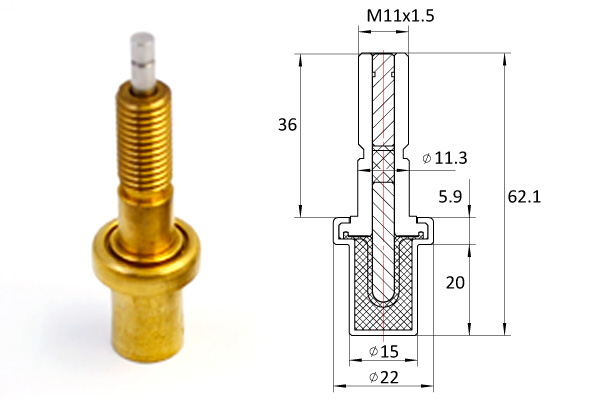
1. Semiconductor memory is divided into two categories: volatility, that is, data loss after power failure, and non-volatility. Data still exists after power failure.Vulnerability is mainly DRAM and SRAM: non-volatility is Flash, etc. There are also some new types of memory, such as MRAM, RRAM, PCM, FeRAM and so on.In terms of output value, the memory industry is highly centralized, such as DRAM accounting for about 52%, FlasH accounting for nearly 35%, both accounting for about 90% of the industry.Special memory is the removal of the largest products, such as PC, mobile, server, hard disk memory and other very single and massive application market, in addition to memory defined as special memory.Including NOR FlasH, SLC/SPI NAND, Specialty DRAM, RRAM, MRAM, FeRAM and so on, they account for about 10% of the memory market as a whole, and their output value in 2017 is in the range of $10-12 billion.What’s the difference between mainstream and special? There are three main points.First, the biggest feature of special memory is decentralization.
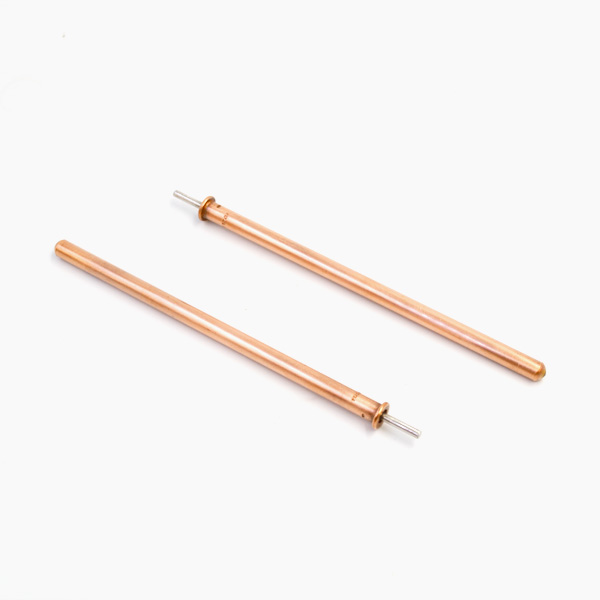
Each type of technology and application is not very large, usually less than $2 billion or up to $4 billion.Second, business models are more flexible.In addition, for such a dispersed product, the periodicity requirement of the product is weak.Third, risk and investment scale are relatively small.Therefore, China is very suitable for special storage, because it avoids the positive conflicts of the international storage giants, and has less risk to the latecomer regions and enterprises like China, and more flexible markets and products, which can give full play to the advantages of small and medium-sized enterprises.In addition, compared with other semiconductor markets, the market size of special memory is considerable and worth doing, because the total size is between $1.0 billion and $12 billion.Special memory and mainstream memory are not invariable, but dynamic.
For example, DRAM and NAND have become mainstream memory with the development of PC and smartphone.NOR FlasH is transferred from mainstream memory to special memory. In the future, some new types of memory such as MRAM and RRAM may also become mainstream memory.The original mainstream memory technologies, including 2D NAND, are becoming smaller and smaller, and may become special memory.For example, Intel and Meguiar recently released 3D Xpoint, and as their technology matures and performance advantages, it is possible to find some popular applications that can make full use of their expertise.
Therefore, 3D Xpoint has the potential to expand its scale and become the mainstream memory.According to 2016 data, the relatively large-scale special memory is Specialty DRAM, NOR, SIC NAND, EEPROM, etc., as shown in Figure 3.· Growth is faster.Special memory belongs to the large family of memory, which will grow with the growth of the whole memory industry. In addition, in the early stage of the development of processing technology, the scale may be relatively small, but with the maturity of technology and the introduction of some suitable application scenarios, the scale will grow.· Dynamic development.Mainstream and special memory will change in different periods, as well as in the combination of different technologies and applications.· The market is more decentralized.Regardless of the application and technology, there are many kinds, accounting for about 10% of the total output value of the industry.· Vigorous, not just one or two or three very concentrated companies to control the industry, but by many different companies, including different technology companies and upstream and downstream companies, to participate in and promote industrial development.China’s special memory market has also developed into an ecological environment, such as Table 1. For example, in Fabless, ISSl and Ziguang National Core do Specialty DRAM, Zhaoyi Innovation, ISSI and DoSilicon do special NANDFlasH, Fudan Microelectronics do EEPROM.In terms of emerging memory, such as Ciyu as magnetic memory, Hikstor as STT-MRAM, Xinchu as PCM and AMT as PCM.In terms of manufacturing, the agent factory/(DM(integrated device manufacturer) has corresponding product manufacturing platforms in Jinhua, SMIC, XMC, HLMC and Huahong of Fujian Province.Therefore, many manufacturers are playing different roles, and they also form a certain ecological partnership.Special Memory is the largest business of Mega Easy Innovation (GD), which relies mainly on the rapid development of NOR FlasH/SLC NAND.According to Zhaoyi, so far, Zhaoyi’s serial NOR FlasH has ranked third in the world and first in the serial NAND FlasH market.According to 2016 market organization data, Zhaoyi’s market share in serial NORFlash reached 12%, which is the only Flash memory manufacturer in mainland China to enter the top ten.Zhaoyi’s annual Flash shipments reached 1.66 billion, and more than 100 million products were manufactured every month.According to third-party statistics, Zhaoyi ranked eighth among the top ten lC design companies in China in 2017.At present, Zhaoyi has become the largest memory chip manufacturer in the mainland of China. Its business spans Taiwan, Japan, Korea, Europe and the United States and other countries and regions. It is applied in PC, mobile, Internet of Things, network, consumer, industry, vehicle and other fields.In code memory, Zhaoyi has some close partners, such as Samsung and Intel.In addition to making memory chips themselves, Zhaoyi is also laying out in the memory industry chain.
1. Participated in drafting some national and international memory standards.For example, China Memory Interface Standard SPI NAND has been developed.2. Investment cooperation.Zhaoyi has set up investment funds to cooperate with different upstream and downstream industries by means of investment.For example, we have invested in and cooperated with flash memory controller manufacturers, Liding Shenzhen and Silicon Gear Shenzhen: we have acquired Yizheng Wuhan and entered into solid-state hard disk; we have invested in Everspin, an American listed company, and Shanghai Magneto Company in the new type of memory.As a fabless company, Zhaoyi also works closely with upstream and downstream companies.For example, in 2017, Zhaoyi invested in Zhongxin International, accounting for 1.2%, and is currently the fifth largest shareholder.In addition, Zhaoyi cooperates with domestic research institutes such as Tsinghua.In addition to capital and technology intensive, intellectual property rights are an important part.In terms of products and technology, from the earliest follow-up, imitation to synchronization and leading, Zhaoyi attaches great importance to intellectual property rights at different stages, and has a comprehensive layout in patents, standards and trademarks.First of all, special memory is a fast-growing market with opportunities for development.
At the same time, this market is more suitable for small enterprises in developing countries and regions like China.Secondly, China has established a preliminary special memory industry ecology. Zhaoyi is one of the major special memory manufacturers in China.Thirdly, to establish and improve industrial ecology by various means will contribute to the development of memory market and the growth of enterprises themselves.Beijing Yixin Technology Co., Ltd. is a start-up company engaged in the research and development of high-performance solid-state hard disk (SSD) control chips. Mr. Sun Tang, director of design verification, introduced the research and development process of Yixin in the field of NAND main control chips.SSD products contain very key chip components, one of which is Zhaoyi’s reference to NAND chip, the other is SSD master chip, which is a combination of SSD products.SSD has entered the consumer and enterprise market from the end to the cloud. It has been introduced into the data center through server manufacturers and system integration manufacturers. Whether it is Internet access acceleration or cloud computing node data query, it provides very strong support for intelligent large data applications.In the computer storage industry chain, flash memory chips are occupied by international manufacturers, such as Samsung, Meguiar, Hailitu, Toshiba and so on.In SSD main control chip, domestic companies are also very limited.Based on this market background, Beijing Yixin Company was established and determined to make chips that can compete with world-class manufacturers.The first chip MB1000 was officially launched in November 2015 and in April 2016.
Its successful streaming enabled the company to obtain financing in July 2016. In the same month, the company signed a cooperation agreement with Lite-On’s Construction Electronics to conduct research and development cooperation for mass production of STAR1000.In January 2017, STAR 1000 was successfully streamed, and in November 2017, Jianxing Electronics demonstrated the solid-state hard disk product Tlo PLUS based on STAR 1000 chip. In March 2018, Jianxing Tl0 PLUS product was officially launched in East Beijing.The performance of Tlo PLUS solid-state hard disk has reached the leading 4K random read IOPS 320K and 4K random write IOPS 275K.What is a good controller? High efficiency and low energy consumption.As we all know, the optimization of extreme efficiency and low energy consumption will lead to the application of the whole chip is very fixed and the mode is single.What is a future-oriented controller? It supports new features, which are emerging endlessly, i.e.
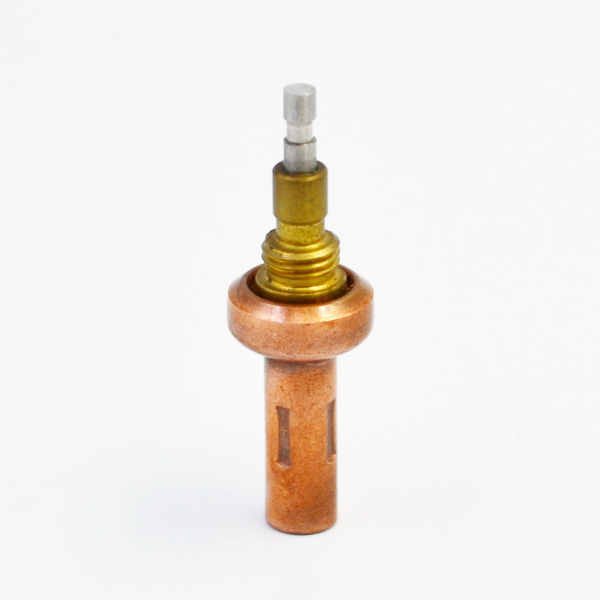
functional extensibility.But “scalability” must have limitations. It is affected by the power consumption, area and cost of the whole chip, and various factors should be considered.What is a good future controller? It should be able to achieve high efficiency and low energy consumption, but also maintain its functional extensibility.This is very simple, but in practice, there are many problems to be considered.Looking ahead to the product planning of YMCO in the next few years, Mr.
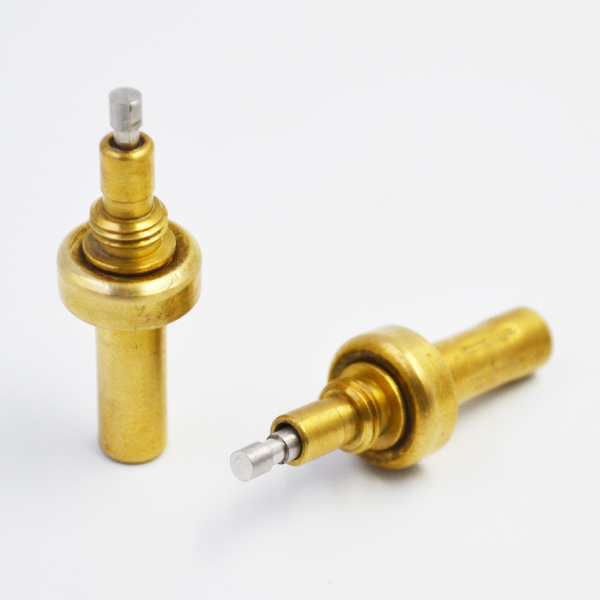
Shen Fei, CEO, said that following the launch of STAR 1000 in 2017, Uranus chips would be launched in 2018 to support up to 32TB storage capacity and up to millions of concurrent access into data centers and surveillance areas; Sirius chips would be launched in 2019 through importation. Operating system, with more computational power and in-depth learning, will enter the emerging market of intelligent storage.
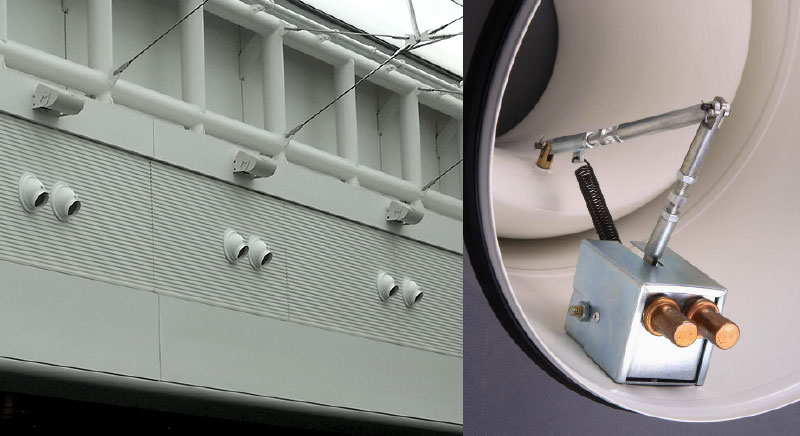
Orion series chips will be launched in 2020, which is a fully integrated chip of storage, computing and network. It will help storage evolve from traditional storage disk to storage server and serve the evolving data center.Through this series of products, Yixin will eventually realize its “China Core, World Dream”.Mr. Zhou Bin, deputy general manager of Hangzhou Hualan Microelectronics Co., Ltd., said that memory has developed for nearly 100 years, magnetic storage appeared in 1920, HDD (mechanical hard disk) appeared in 1956 and DRAM appeared in 1966.But in the past two or three decades, solid-state hard disk (SSD) has developed very fast. For example, SSD appeared in 1990s, PATA SSD appeared in 2006, PCle SSD appeared in 2009, Intel and Meguiar released 3D Xpoint technology in 2017.These SSD technologies bring many changes and updates to storage applications.With so many memory configurations, storage controller manufacturers are challenged.First, because when you define a storage controller type, you may face a situation where the storage controller does not support a new memory when it comes out.The development of memory, in fact, is also a great challenge and application to memory controller, and further is the development of storage interface.For example, PCle.According to relevant information, SATA’s storage controller still accounts for the main shipment (Figure 4), but PC’e’s growth is the fastest at present, and its growth rate has reached 20%-30% of applications, especially in enterprise-level data center applications, the growth has exceeded 30%.The server’s demand for the storage controller PCle is also increasing (Figure 5).According to the relevant information, although SATA is still the main factor, the proportion of SATA SSD is still more than 60% and PCle is close to 30% by 2019, so the overall growth trend is very fast.In the server part, the trend of the development of 3D NAND of each manufacturer is also faster and faster. In 2018, every manufacturer began to apply 64-layer 3D NAND on a large scale. By the end of 2018, 96-layer 3D NAND of each manufacturer began to apply on a large scale, and the development and application of 3D XPoint of manufacturer such as ntel are also faster and faster.According to industry estimates, the overall development of 3D NAND will reach 512 layers by 2022 (Fig. 6).It can be seen that every year there will be a very rapid development trend, which is indeed a great challenge to memory controllers.D NAND brings a great benefit to the whole industry is the reduction of cost.
As shown in Table 2, according to the data from the end of 2016 and the beginning of 2017, the cost of 3D NAND is $0.12 per GB, while the cost of 2D (Planner) is still at the level of $0.21 per GB.Comparing the growth and price of NAND in 2017, we can deduce that Samsung and other memory manufacturers are indeed in a high profit state.In terms of enterprise products, Hualanwei’s products are NVDIMM.NVDIMM integrates DRAM and NAND in one module to meet customers’requirements for both low cost and large capacity.MVDIMM-N product form is the application with battery, mainly in order to write DRAM data to NAND in the state of power failure.In the case of power recovery, NAND data can be read to DRAM, and then it can be immediately restored to the state before power failure.Compared with SSD and 3D Xpoint, NVDIMM has more advantages.As shown in Table 3, under the same amount of data written, the cost of solid-state drives is currently about $100 per PB, and 3D Xpoint is about $1.5 per PB, which can be reduced to 0.4 cents per PB under DRAM, so Hualanwei thinks NVDIMM will be better satisfied. Needs of future customers.The first typical application of SSD is intelligent search, such as camera.The most fundamental thing customers require, such as license plate recognition, is that the camera should be able to present relevant information immediately, which means that a lot of computing and storage work needs to be done locally.Together with the Ministry of Public Security, Hualanwei has drafted a hard disk standard for video surveillance storage in China, which will add more elements, such as the application of Al.In terms of product form, in addition to consumer products, thermostatic element there are also industrial storage, servers and other products.Hualanwei has made many applications of special products in recent years.For example, to meet the needs of high-speed cameras, the data bandwidth requirement of the camera has far exceeded the interface bandwidth of the PCle; in addition, its application requirements are different, requiring the continuous reading and writing of small files.In recent years, there have been some security and backdoor problems on hard drives.Dr. Luo Jianjun, the founder of Hualanwei, returned to China in 2011 to start Hualanwei. His vision is to let Chinese people store data on their hard drives.Hualanwei has invested more than 100 million yuan.Shipments exceeded 12 million in 2016 and 16 million in 2017.Hualanwei accounts for more than 70% of the global market share in key encryption storage applications.Hualanwei’s main task is to do all memory related chips between CPU and storage.A remarkable feature of Hualanwei’s memory control chip is that many application factors are put into the memory chip, that is, more localized factors are put in, such as commercial secret algorithm.In addition to product breakthroughs, in the area of industrial ecology, in order to meet the application needs of customers, it also cooperates with upstream and downstream partners. For example, in the area of Chinese ecology, it cooperates with Longxin, Feitiang, Shenwei and Zhaoxin processors, and also supports domestic operating systems.
